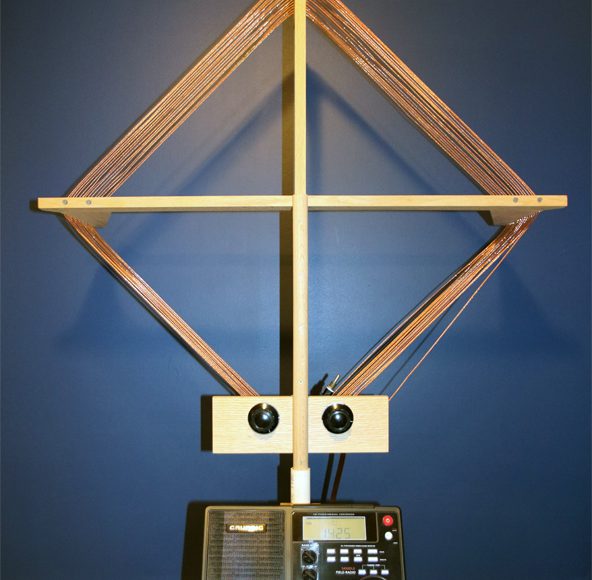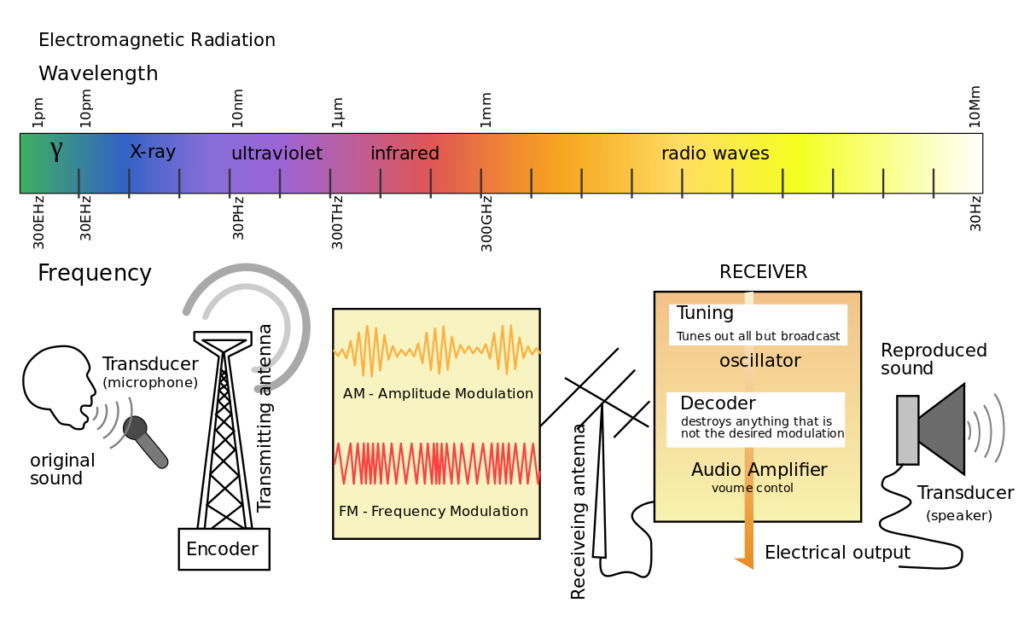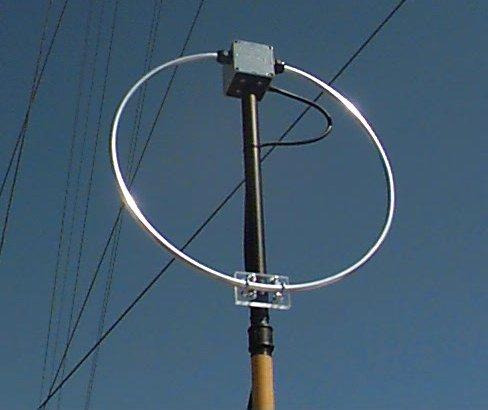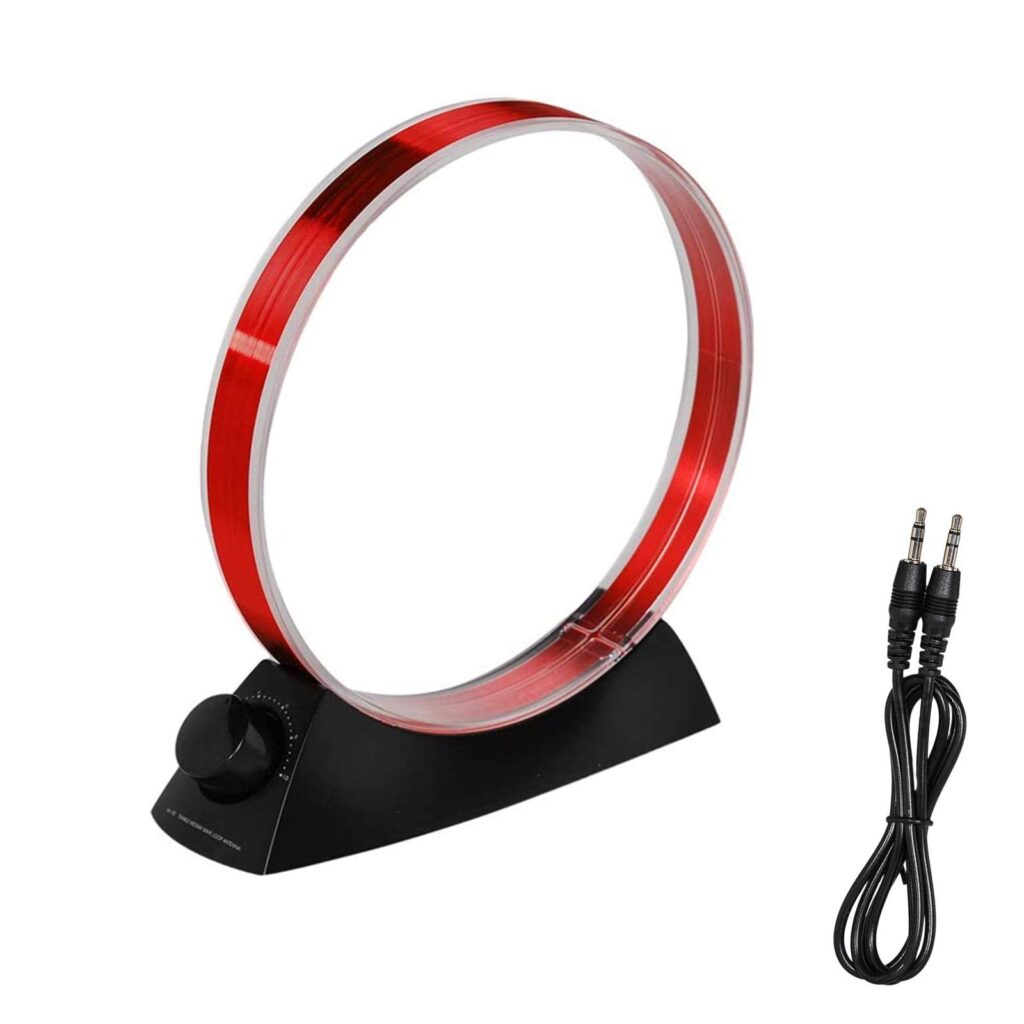
Support Team
Feedback:
support@nextpcb.comAn AM loop antenna is an ingenious device of the radio world. Specially designed to capture the electromagnetic fields that carry amplitude modulation signals. This type of magnetic antenna picks up powerful movement from a natural source, allowing users to receive crystal-clear audio and music with ease. Utilizing a loop of wire instead of relying on length to capture radio waves, the revolutionary innovation known as the Loop Antenna allows users to enjoy unprecedented reception quality. The loop is often shaped like a rectangle or a circle, with the wire wound around a frame made of plastic, wood, or metal.
The AM loop antennas are particularly useful for improving the reception of weak or distant AM signals. Small devices such as portable radios and clock radios regularly utilize them, yet they can also be integrated into more extensive radio systems.

Loop antennas offer the remarkable capability to focus on signals from a specific direction, making them an ideal choice for outdoor activities that require clear reception. Their compact size and portability only add to their appeal as perfect communications tools! When several radio signals are simultaneously present or when searching for a particular station, this method of tuning in can be incredibly helpful.
In this article,
An AM loop antenna works by using the principle of magnetic induction to capture the radio signals transmitted by AM radio stations. Radio waves are captured and decoded through a loop antenna, whose unique design eliminates the need for lengthy wires that traditional antennas rely on. As they pass by, these radio signals induce an electric voltage in its wire loops to be amplified and read by our radios back home. Instead, the loop antenna uses the area of the loop to capture the radio waves. The bigger the area of the loop, the more proficient it is at snatching up radio waves.
AM loop antennas are a directional solution allowing users to tune into their desired frequency with pinpoint accuracy. By adjusting the resonance of its circuit and orientation, these antennas can efficiently capture signals. They can capture signals while ignoring interference from other channels.

Taking advantage of an AM loop antenna can be incredibly beneficial, and here are just a few reasons why:
Overall, AM loop antennas can be a useful tool for improving the reception of AM radio signals. Particularly in areas with weak signals or interference from other radio stations or sources of electromagnetic radiation.
AM loop antennas come in a variety of forms, each with its own set of distinct attributes and benefits. Some of the most popular models include:
These antennas use a ferrite rod or bar as a core, around which the wire loop is wrapped. Ferrite core antennas are often found in portable radios and clock radios. And are well known for their high efficiency and directional reception.
Wire entirely makes up these antennas, and they have no magnetic core. They are less efficient than ferrite core antennas but are often easier to construct. And these can be more versatile in terms of shape and size.

These antennas do not require any external power source and rely on the radio receiver's internal amplifier to boost the signal. They are the most common type of AM loop antenna.

These antennas include an internal amplifier or preamp, which helps to boost the signal and improve overall performance. For those challenging conditions in which signals are hard to reach, active antennas provide a clever solution that amplifies received radio transmissions for optimal reception.
Their design makes these antennas resonant at a particular frequency, which improves signal strength and reduces interference from other radio stations. People often use tuned antennas in areas with multiple radio stations broadcasting on different frequencies.
The type of AM loop antenna you choose can drastically affect the performance, size, cost, and application. Each model has its own unique advantages and drawbacks. So it's important to consider your needs before investing in a particular option.
Building your own AM loop antenna can be a fun and rewarding project, and it is possible to carry it out using just a few basic materials. Here's how to build a simple AM loop antenna:
A connector (such as an RCA plug) to attach the antenna to your radio
Note that the specific dimensions and number of turns may vary depending on the desired frequency range and application. To maximize results, antennas can employ complex features such as ferrite cores or tuned circuits - resulting in a more powerful performance.
To use an AM loop antenna, follow these steps:
Note that the specific steps for using an AM loop antenna may vary depending on the type of antenna and the radio receiver that is under usage. Consult the manufacturer's instructions for detailed guidance on how to use your specific antenna and receiver.
AM loop antennas have a wide range of applications, including:
Overall, AM loop antennas are a versatile and cost-effective solution for improving the reception of AM radio signals in a variety of settings and applications.
In conclusion, an AM loop antenna is a simple and effective way to improve the reception of AM radio signals. By using a wire loop to pick up the magnetic component of the radio waves, an AM loop antenna can provide higher signal strength and lower interference than other types of antennas. From portable radios to home stereo systems, AM loop antennas provide an efficient way of capturing frequencies.
Various varieties cater to different needs, such as ferrite core types that provide high levels of signal gain and tuned loops that exhibit exceptional noise rejection capabilities, making them an ideal fit for automotive use. Directional models also exist allowing users the flexibility to pick up radio signals from a particular direction or area with precision and accuracy. Building your own AM loop antenna is a fun and easy DIY project, requiring just a few basic materials and simple steps. Overall, an AM loop antenna is a valuable tool for anyone looking to improve their AM radio reception.
Still, need help? Contact Us: support@nextpcb.com
Need a PCB or PCBA quote? Quote now